
Parks and Points is a project created by Amy Beth and Derek Wright, Brooklyn-based writers and outdoor enthusiasts with a great appreciation for shared public lands.
We publish personal essays and poetry about national parks and other public lands, as well as timely budget travel tips and travel guides. We host an annual fall essay contest and a spring poetry series in conjunction with National Poetry Month.
More POSTS
For our first installment focusing on National Park Service units in Hawaii, we’ll be exploring the islands of O’ahu, Maui, and Moloka’i.
Spotlights, Parks & Points
In many parts of the country, the first signs of fall come with cooler temperatures and changing leaves. But for some areas, fall also brings the rut—a time when elk bulls fight to keep their bloodline alive.
Essays, Courtney Johnson
Part I of our D.C. guide is focused on National Park Service units in the Washington D.C. jurisdiction area; a few sites in Virginia and Maryland are included. You can visit these sites without a car, either by walking, using public transportation, or taking a quick taxi ride. The parks are in alphabetical order, which the NPS categorizes by the first letter of the park. At the end, we’ll share a great tip to make sure you find all the stamps for your Eastern National Parks Passport. You can also continue to Part II of the guide here.
Spotlights, Parks & Points
Channel Islands National Park, comprised of five islands along the southern California coast, is only accessible by boat (a sixty-minute journey from the Ventura marina) or by helicopter. In 2015, the park logged 324,816 recreation visits, compared with more than four million visits each to parks like Yellowstone, Rocky Mountain, and Yosemite National Parks. Like the Galapagos Islands, the seclusion and protection in the Channel Islands allows for species that exist in no other part of the world to thrive and become interdependent. Magnificent kelp forests shelter more than 1,000 species of animals and plants. Rocky reefs are prolific for eelgrass beds, and shelter small invertebrates, fish, and sharks. The park provides nesting and breeding grounds for 99% of California’s shorebirds and seabirds, and half of the world's population of ashy storm petrels and western gulls.
Spotlights, Parks & Points
The National Park Service, we know, protects and preserves important historical landmarks and expansive, undeveloped natural landscapes. However, many NPS units also have ties to the creative arts, and are dedicated to honoring and preserving an artistic legacy. We've taken a closer look at parks that focus upon artists, writers, and important creative and cultural pursuits that uniquely reflect and reexamine American culture.
Essays, Derek Wright
As we come to the close of the 2010s, we’re counting down with some of the biggest stories from public lands from this decade, the 2010s.
Our weeklong tour covers 1,000 miles of stunning landscapes -- desert canyons, ancient ruins, and petrified forests. You can pick up the tour in the middle if not traveling through Phoenix. You also might choose to stay on longer than we have indicated in a few places, or to adjoin this with our tour of southern Arizona. For both tours, we advise making a daily habit of packing plenty of water and checking your fuel, as at times the next gas station is 50-100 miles away. The optimal time for a visit to northern Arizona, weather-wise, is between May and October.
Spotlight, Parks & Points
More than fifty types of birds nest in the refuge, and another two hundred species dwell there permanently, or stop off during migration. I bought a laminated guide, Birds of Southeast Florida, in the gift shop, and we set out, weaving in and out of the wetlands, slowly, slowly riding our bikes on the hard-panned, grassy ridges....But then, dark thoughts of alligators crept in.
Spotlights, Laura Power
Before its association with cutting edge technological innovation, the Santa Clara Valley was known as the “Valley of Heart’s Delight.”
Spotlights, Amy Beth Wright
With five national parks and over forty state parks to visit in Utah, the Cedar Mesa region in the southeast part of the state—where President Obama designated Bears Ears monument—has been most renowned for being a point of controversy. I journeyed to Bears Ears to better acquaint myself with the landscape as an outdoor enthusiast, and to better understand why so many people have fought so hard to protect it, for so many decades. I also wanted to be able to make a case for this particular body of land that is based on my own experience.
Essays, Courtney Johnson


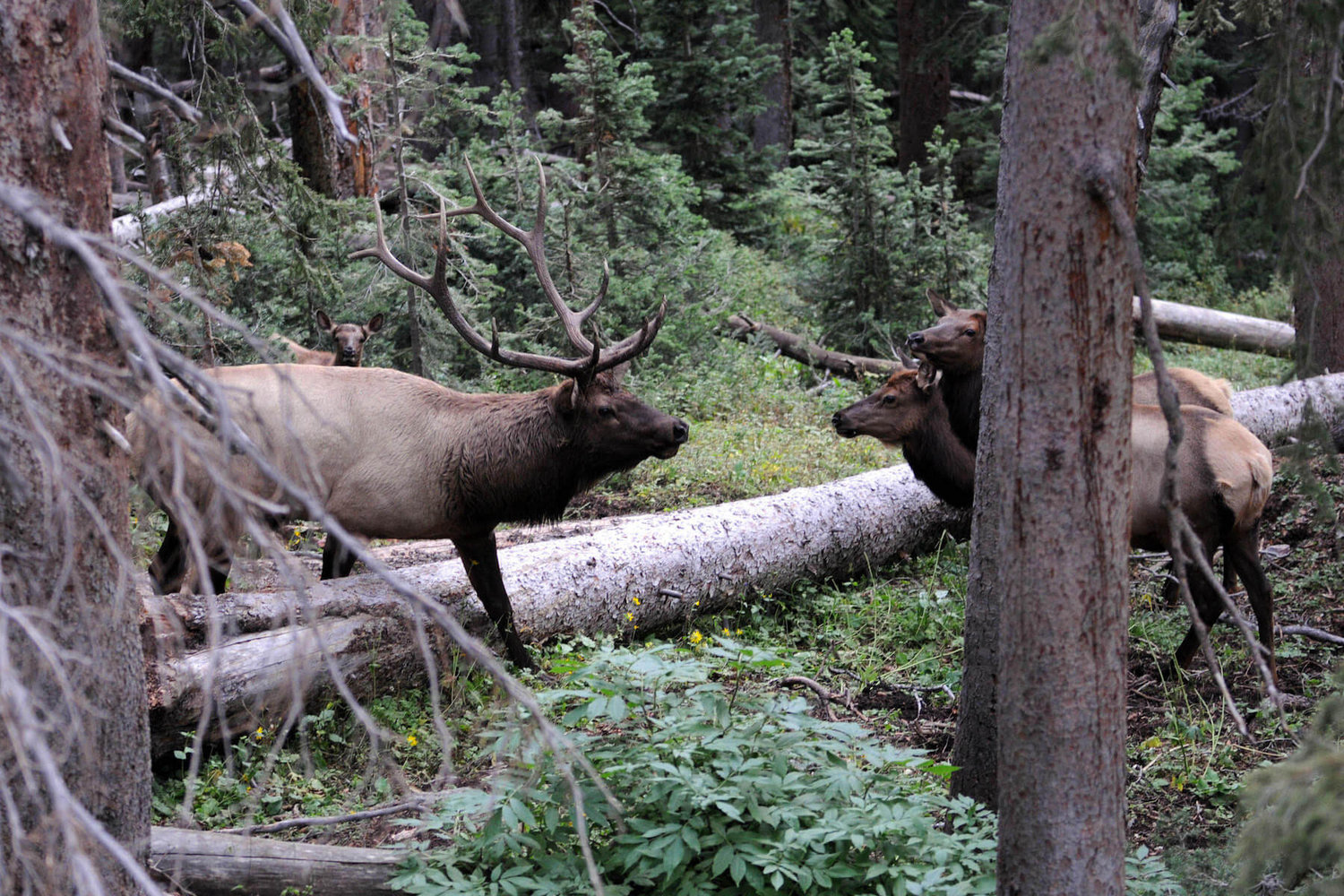


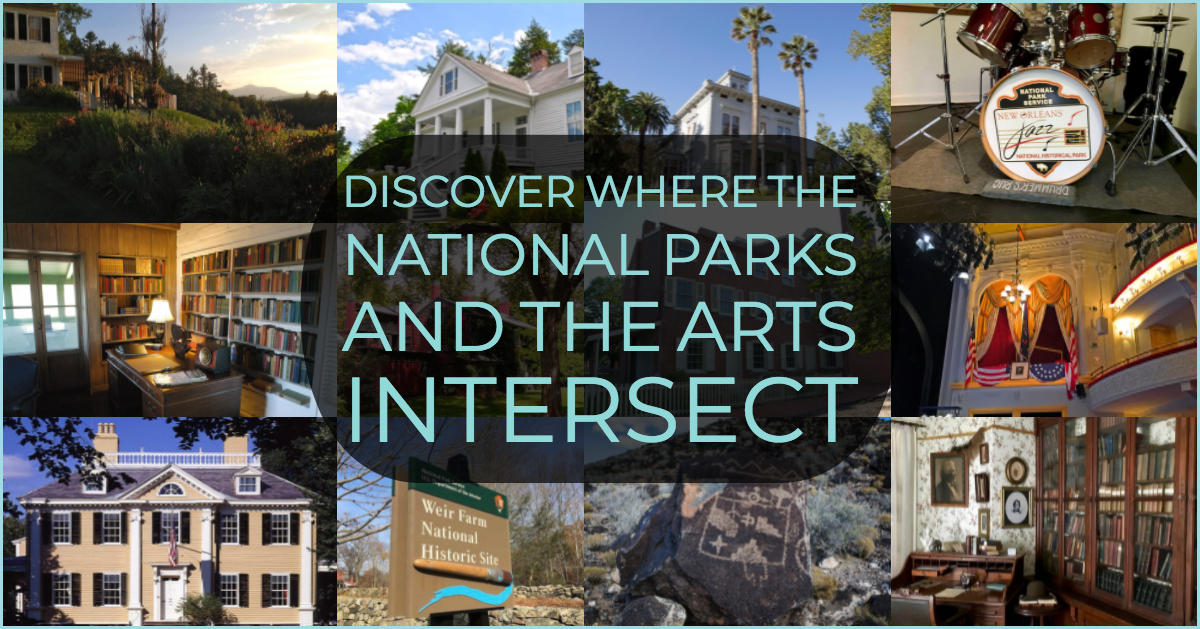


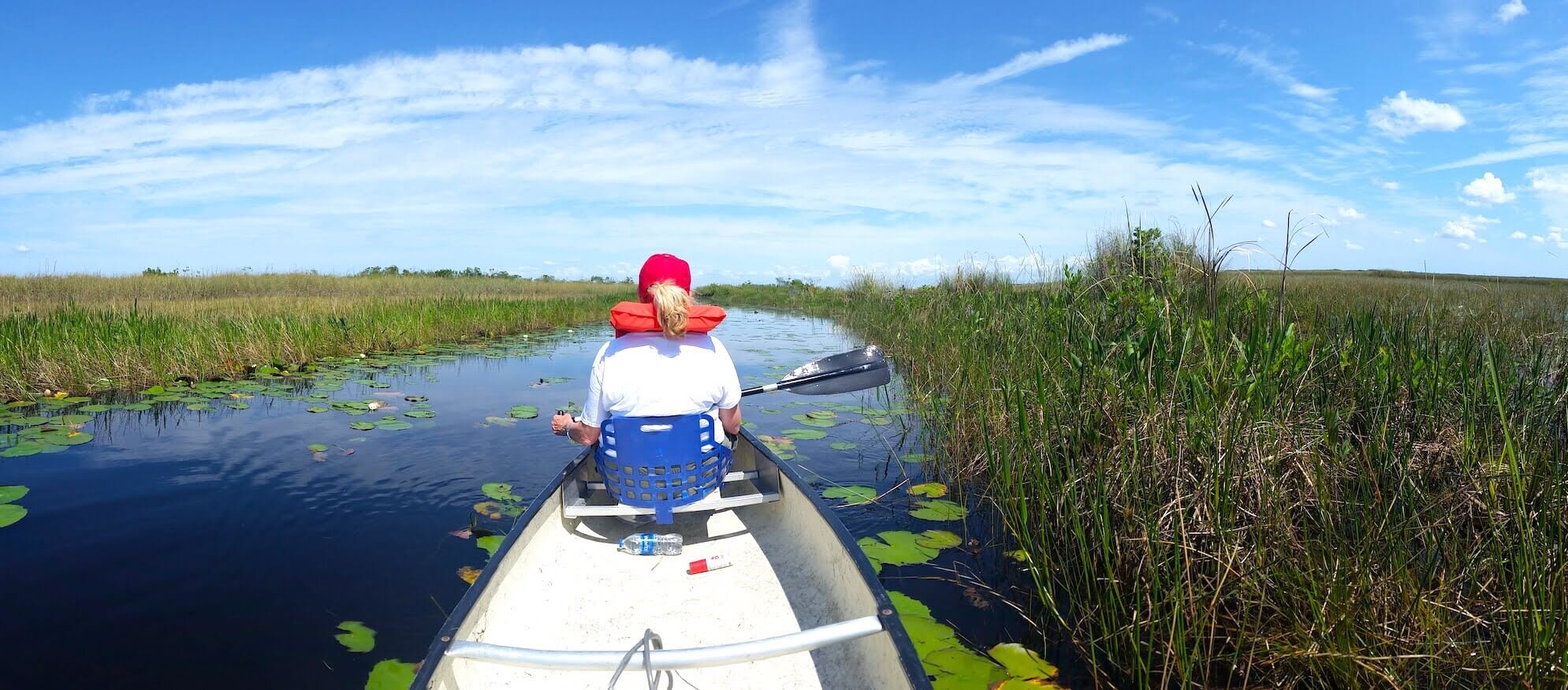
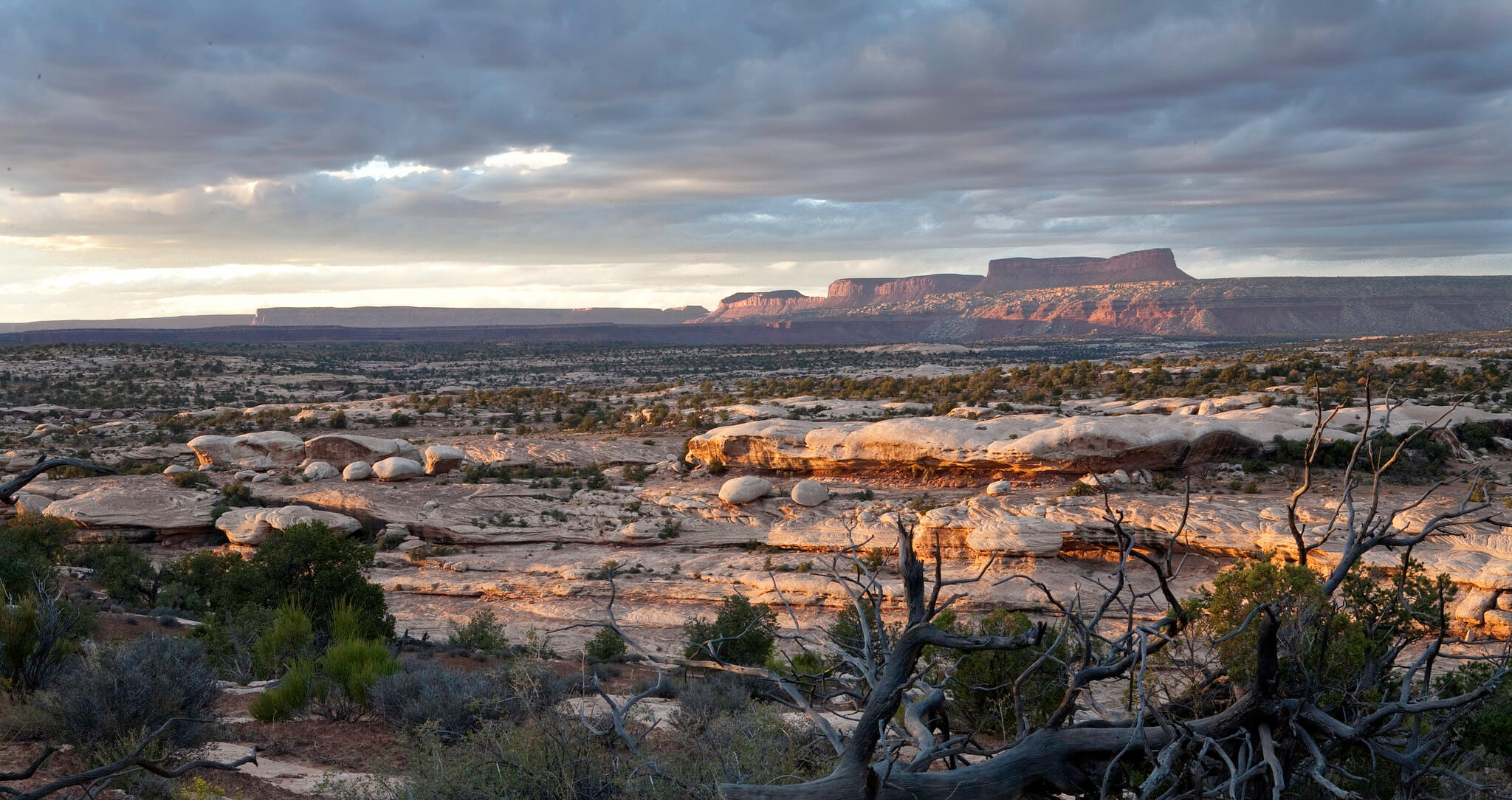
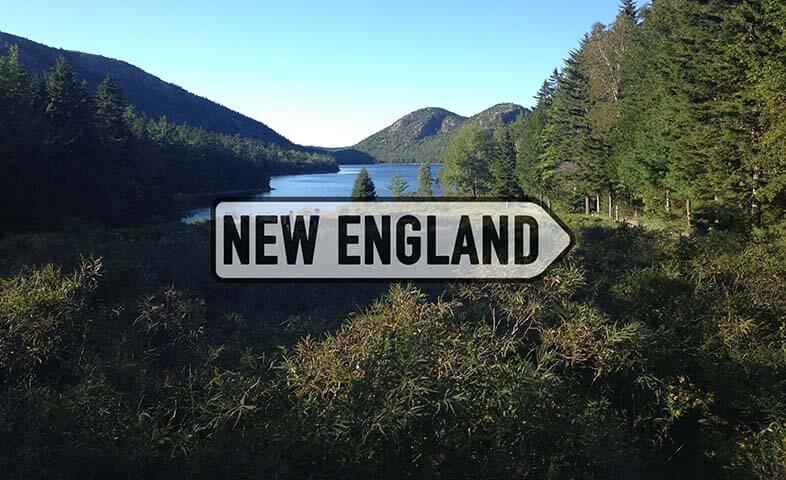

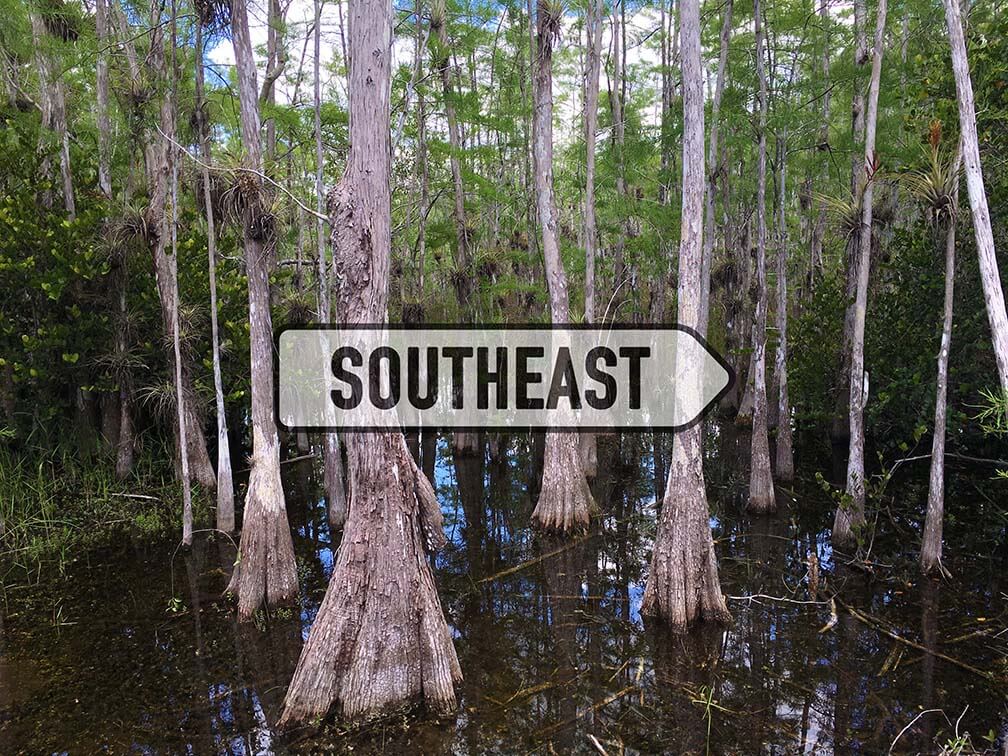
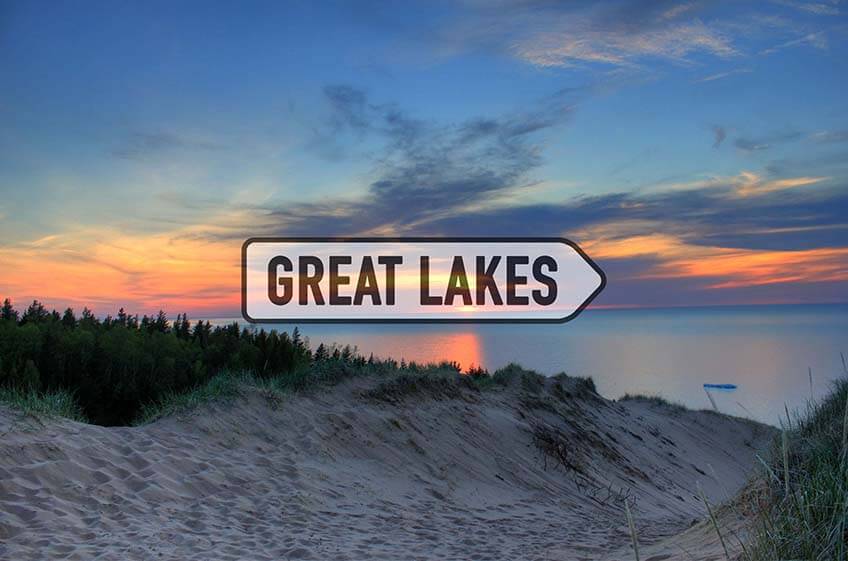
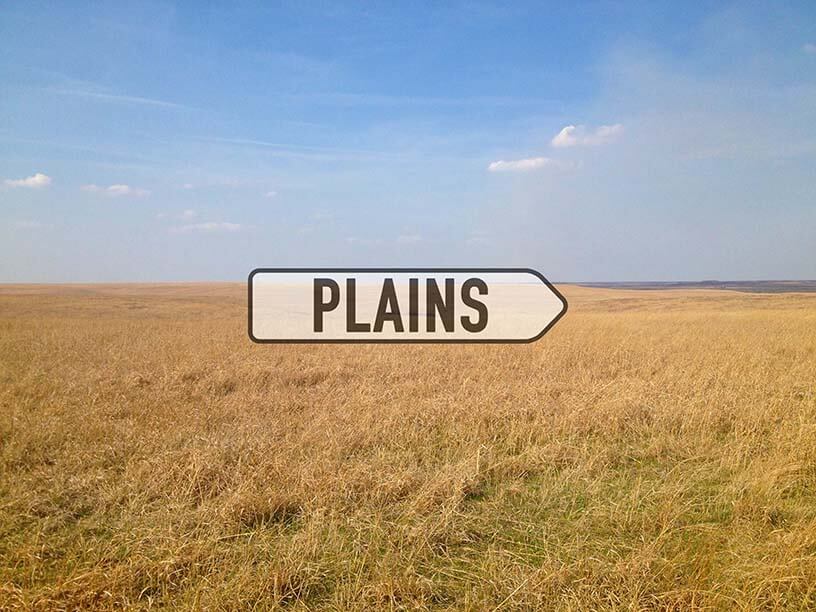
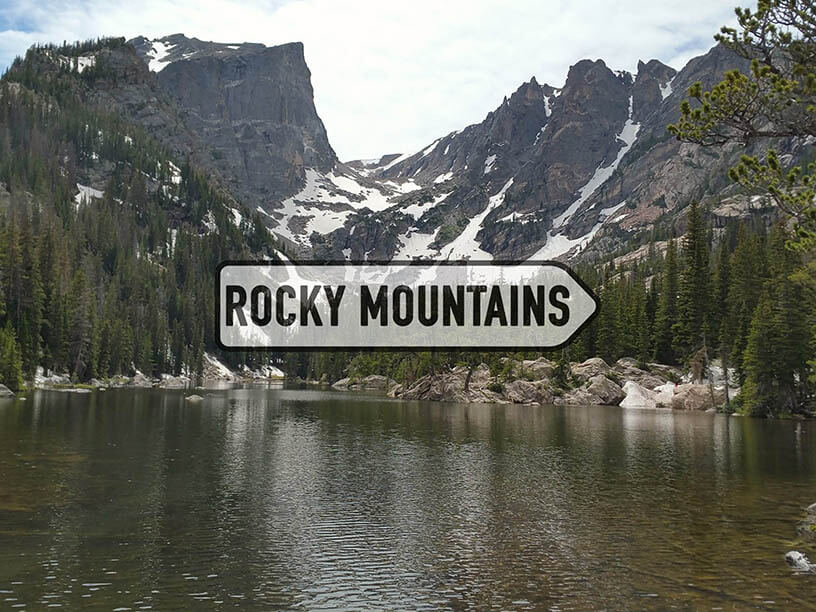
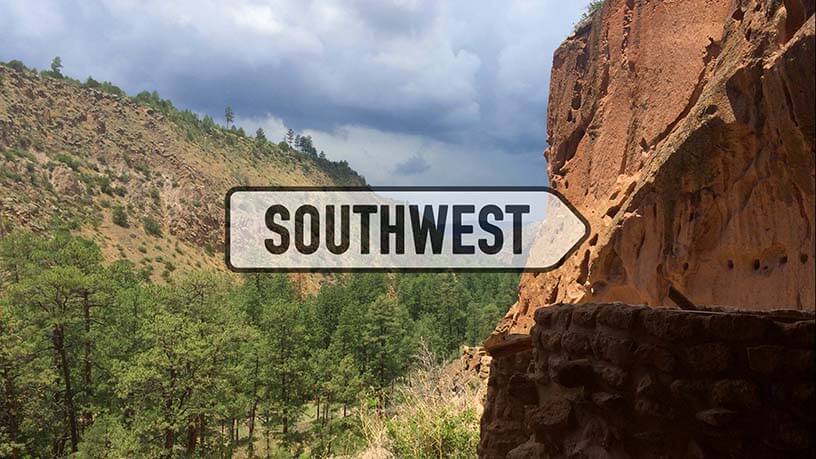
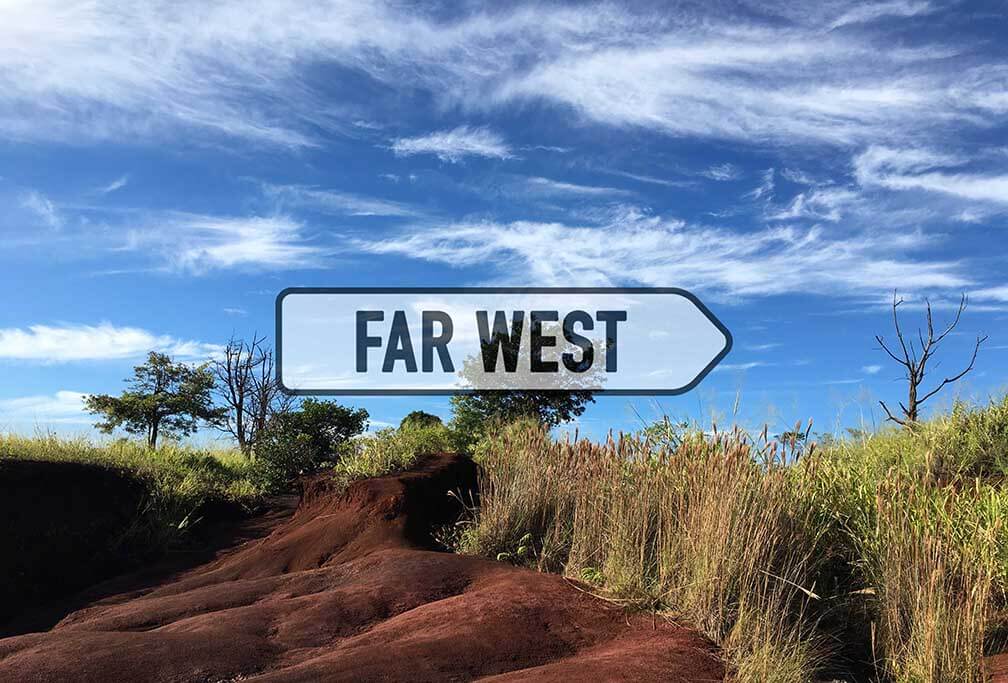

Travel with Lauren Smith as she finds a sense of home on the road, much like the migrating birds she studies. "The month after I moved to Montana I went to an environmental conference in Waterton Lakes National Park, Alberta. There, I heard a Blackfeet elder say this: “We are bound by breath to honor and take care of this place.” The elder was speaking about conservation, and how it is important to care for all parts of an ecosystem—the watershed, the soil, the plants, the animals. To care, the elder said, you need to settle in a place and let it settle in you. Once this happens, you are bound by breath to honor and care for that place."
Essays, Lauren Smith